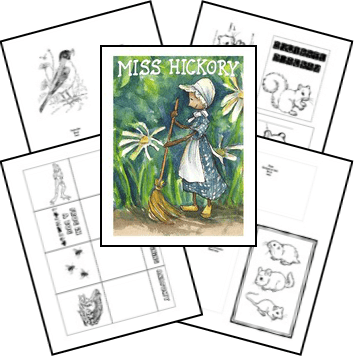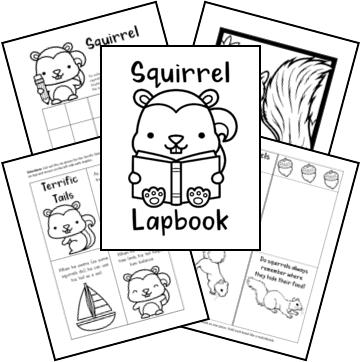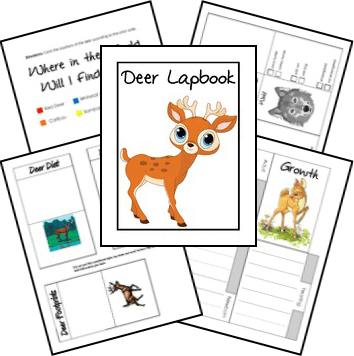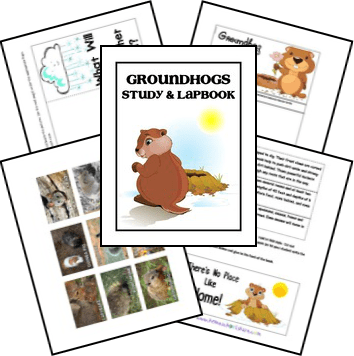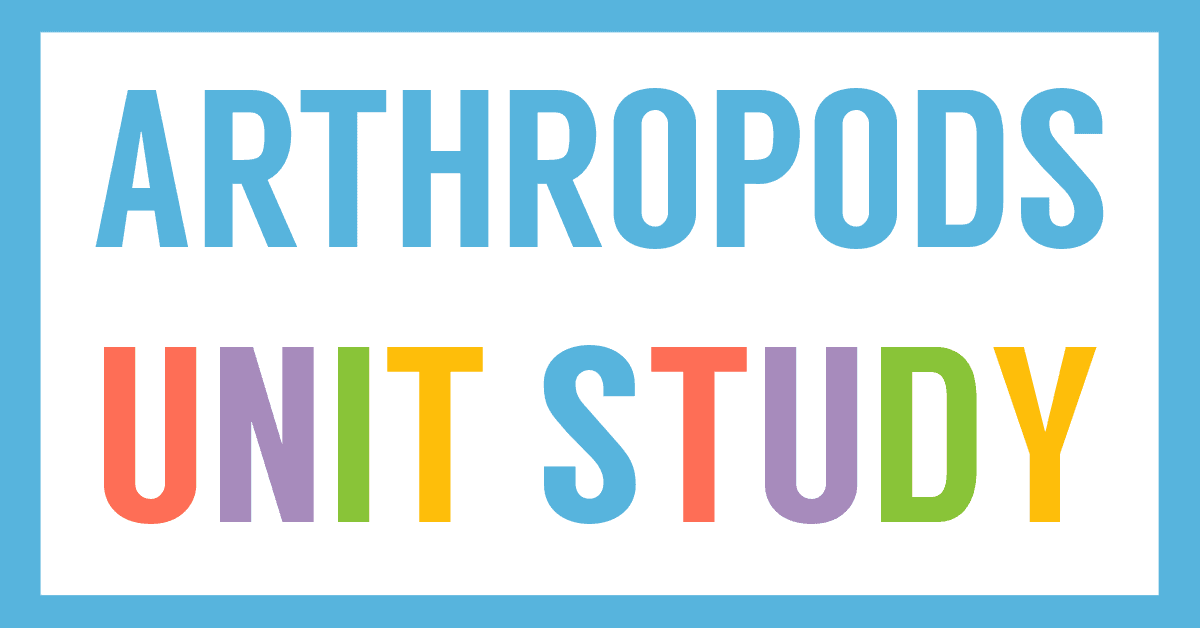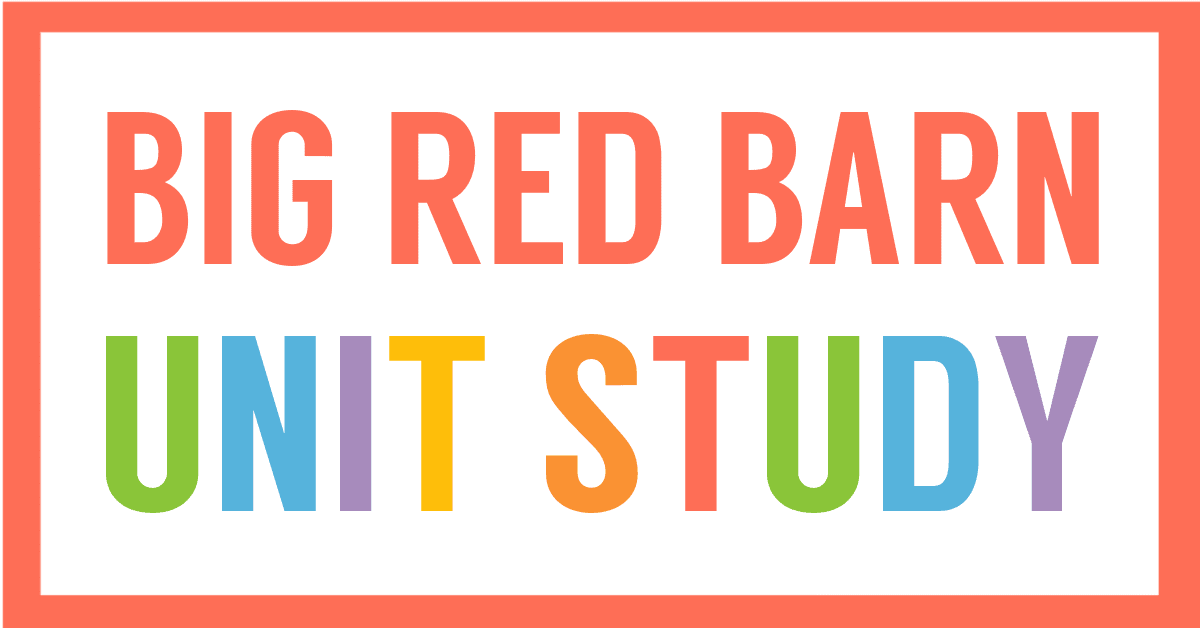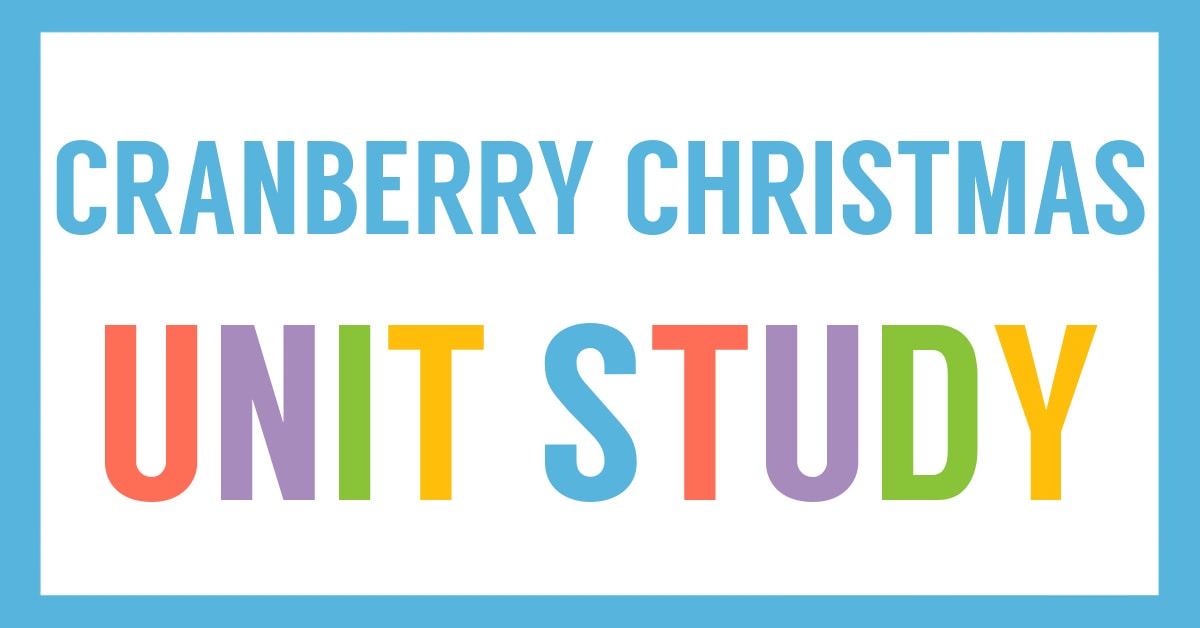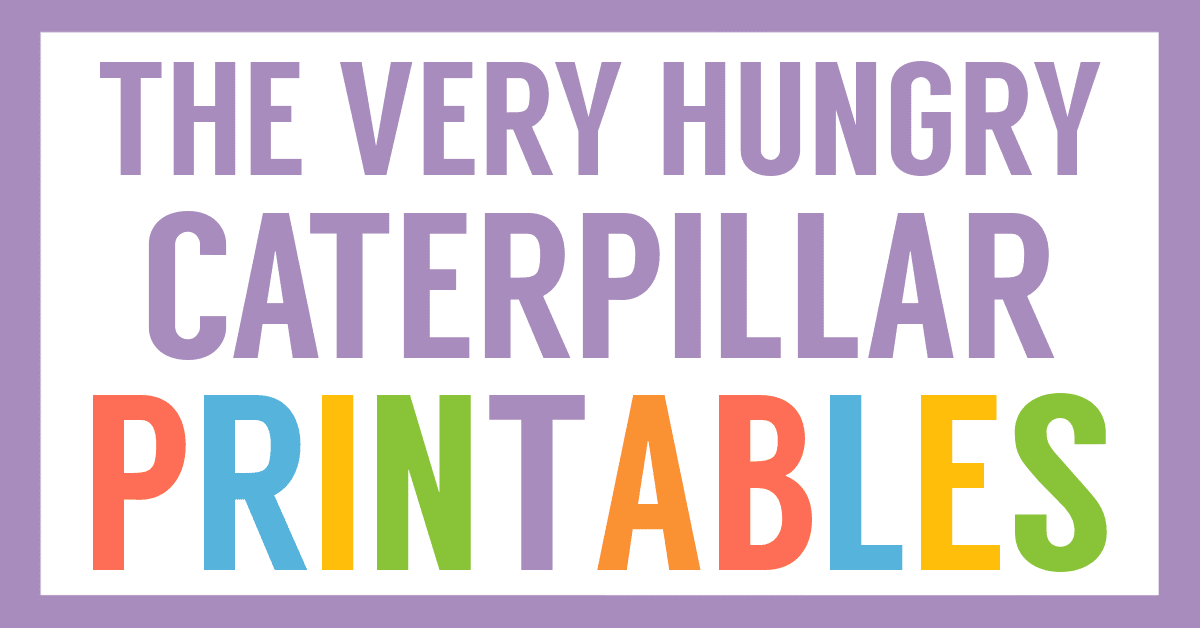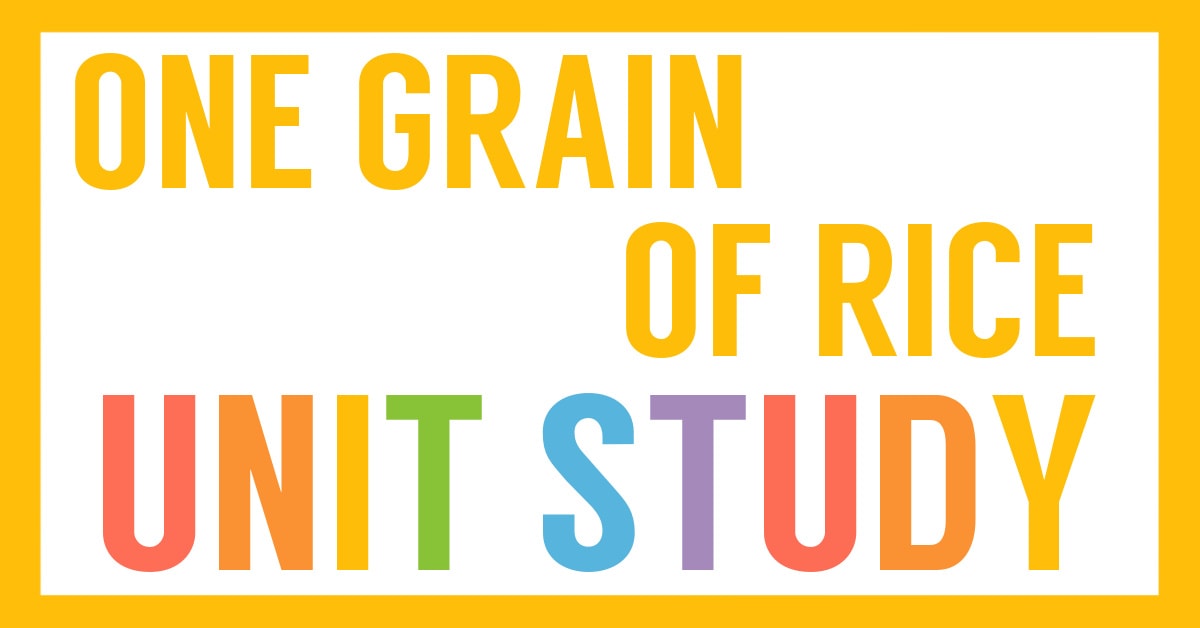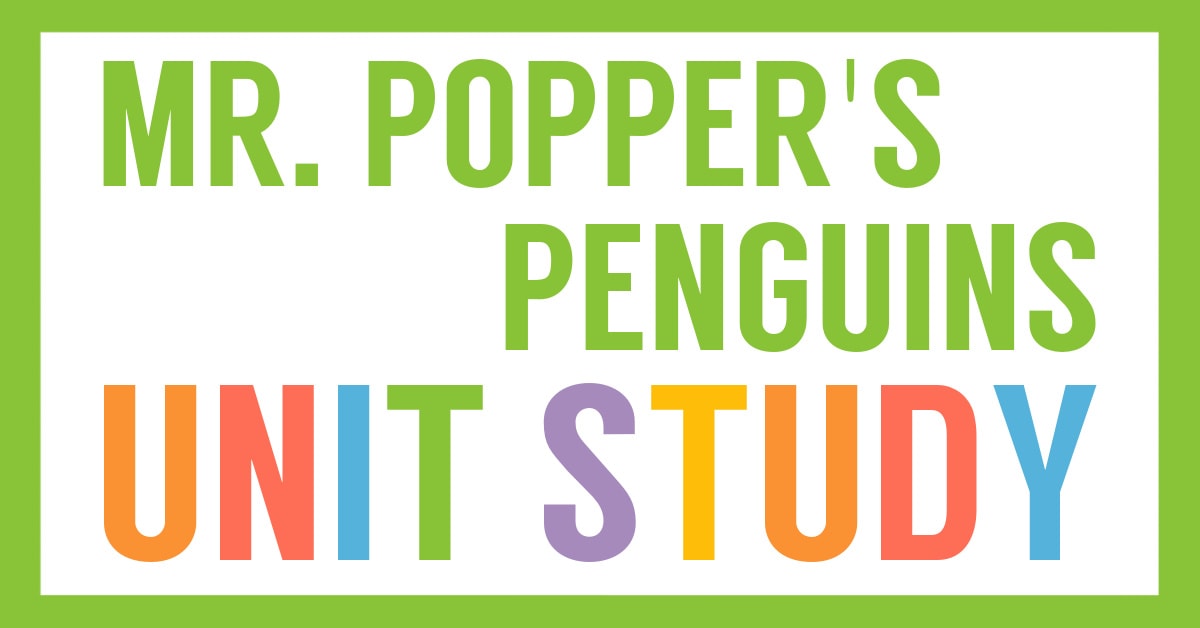Affiliate Disclaimer
We sometimes use affiliate links in our content. This won’t cost you anything, but it helps us to keep the site running. Thanks for your support.
This unit study includes lessons and printables based on the book Miss Hickory by Carolyn Sherwin Bailey.
Most dolls lead a comfortable but unadventurous life. This was true of Miss Hickory until the fateful day that her owner, Ann, moves from her New Hampshire home to attend school in Boston—leaving Miss Hickory behind. For a small doll whose body is an apple-wood twig and whose head is a hickory nut, the prospect of spending a New Hampshire winter alone is frightening indeed. In this classic fairy tale, what’s a doll to do?
Thanks to Breezy Brookshire for creating the cover for this Miss Hickory unit study.
Miss Hickory Unit Study Lessons
Here are some sample lessons from the Miss Hickory Unit Study.
Miss Hickory Chapter 1 Lessons
Language Arts
Introductions
Read the first sentence and stop. Does your student want to read more? Why (or why not)? Pull some more titles off the shelf. Read the first sentence of each book. Which introductions grab your student? Have your student experiment with writing some introductions.
Character & Description
Carolyn Sherwin Bailey uses description to her advantage throughout this story. Review her description of Miss Hickory with your student. Can your student picture what Miss Hickory looks like? Ask your student to attempt a drawing of Miss Hickory based on Bailey’s description. Almost every detail is provided! Encourage your student to use description when he writes. Remind him that a reader’s picture is defined by the writer’s words; the reader can’t see in to the mind of the writer, so the writer must get images and thoughts from his head to the paper without losing details or meaning.
Look over the list of the characters as they appear at the beginning of the book. Have your student create his own cast of characters that he would like to write a story about. Just make a simple list (name and short description) for now. Your student may or may not write an entire story about the cast, but this is a good exercise in thinking about characters. Complete My Cast of Characters Page.
As you read through this story, pay close attention to the set of characters that you are introduced to. Record details and descriptions about each character in the matchbooks provided.
Science
Crows
Anatomy:
The American Crow is a jet-black bird and a relative of the raven. It is about 18-22 inches long and wears black eyes, black feet, legs, and talons, as well as a black bill; it has pointed wings and a square-shaped tail.
Diet:
Crows will eat just about anything (they are omnivorous eating plants and animals). Their diets include worms, insects, road kill, mice, berries, crops, (especially corn), and the eggs of other birds. An adult crow needs 11 ounces of food each day. Despite their bad reputation for eating crops, crows also eat a number of pests which are harmful to those same crops, including cutworms, wireworms, grasshoppers and even noxious weeds.
Range:
The 40 some members of this genus can be found just about anywhere in the world (except Antarctica, New Zealand, and South America). They thrive in mountains, woodlands, across plains and farmers’ fields, and throughout urban areas.
Nesting Habits
American crows build nests out of twigs lined with grass, bark, pine needles, and even moss. The female lays the eggs in the nest (usually 3-7 per clutch) and the male helps with the incubation. After about 17 days, the eggs hatch; the parents bring the babies food to eat. American crows are able to fly after about 3 weeks.
Other Interesting Facts
Crows are social animals that sometimes gather in large flocks — sometimes this includes several hundred crows!
When crows are feeding, they will have two birds designated as look-outs to watch for danger while the others eat
The crow makes a distinct “caw” sound
Crows, along with ravens, may very well be the most intelligent of all birds.
Social Studies
Geography- New Hampshire
New Hampshire is the setting of this story. It is located on the east coast in the New England region of the United States. Look at a map and find New Hampshire with your student. What states border New Hampshire? (Maine, Massachusetts, Vermont) What country borders New Hampshire? (Canada) What ocean borders New Hampshire? (Atlantic). Map a route from New Hampshire to Boston (where Granny Brown is going to spend the winter).
New Hampshire was named after the southern English county of Hampshire. Major Industries include textiles, lumber, tourism, electronic equipment, and software.
New Hampshire Facts
- Statehood- The 9th state; joined on June 21, 1788
- Flower- Purple Lilac
- Motto- “Live Free or Die”
- Nickname- Granite State
- Tree- Paper Birch
- Bird-Purple Finch
- Capital- Concord
- Largest City- Manchester
Your older student may wish to research and learn more about Daniel Webster or Franklin Pierce who were both from New Hampshire. Daniel Webster was a politician and statesman, born in 1782. He was known as a mighty orator, a reputation made famous in the Stephen Vincent Benet story “The Devil and Daniel Webster,” in which he beats the original lawyer (the Devil). Franklin Pierce an American politician and the 14th President of the United States.
You can grab a copy of the entire Miss Hickory Unit Study and Notebook in an easy-to-print file at the end of this post.
Miss Hickory Notebook Printables
In addition to the unit study lessons, this file contains printable pages and mini-books for your student to create a Miss Hickory lapbook or notebook.
- Squirrel Mini-books
- Sensational Similes
- Rodents Mini-books
- Robins Mini-books
- Vocabulary Cards & Pocket
- Character Matchbooks
- Hickory Tree Notebooking Page
- New Hampshire Mini-books
- Deer Mini-books
- Chipmunks Mini-books
- And more!
How to Get Started with Your Miss Hickory Unit Study & Notebook
Follow these simple instructions to get started with the Miss Hickory Unit Study:
- Buy a copy of the book, Miss Hickory, or borrow one from your local library.
- Print the Miss Hickory unit study.
- Choose the lessons you want to use with your student (a highlighter works great for this).
- Choose and prepare the notebook printables you want to use with your student.
- Enjoy learning with Miss Hickory.
Get Your Free Miss Hickory Unit Study & Notebook
Simply click on the image below to access your free Miss Hickory Unit Study and Notebook.
Learn More About Forest Animals
Learn more about the animals mentioned throughout Miss Hickory.

